Artist: Donna Summer Album: Another Place and Time
Year: 1989Duration: 0:0-1
A Critical Review of Donna Summer's Album: Another Place and Time
Donna Summer was one of the most prolific music artists of the 70s and 80s. Known for her soulful, disco-infused tracks, she was the queen of dance music in her prime. Her 1989 album, Another Place and Time, was a departure from her usual style and showcased a more pop-oriented sound. In this blog post, I will be taking a closer look at this album, including a brief history of Donna Summer, the music genre of the album, the best songs of the album, the most innovative parts, and my critique of the album overall.
Donna Summer began her career singing in various bands in her hometown of Boston before moving to New York City to pursue a solo career. Her big break came in 1975 with her breakout hit, Love to Love You Baby, which cemented her reputation as a disco diva. Over the next decade, she released a string of classic dance tracks such as I Feel Love, Bad Girls, and Last Dance. Her 1989 album, Another Place and Time, marked a turning point in her career, as she transitioned into a more pop-driven sound.
Another Place and Time is primarily a pop album, with a focus on catchy hooks and upbeat melodies. It was produced by hitmaker Stock Aitken Waterman, who was known for his work with Kylie Minogue and Rick Astley. The album's sound is glossy and polished, with a heavy dose of synth-pop production. While the album was a departure from Donna Summer's earlier work, it still retains the high energy and infectiousness that made her famous.
The standout tracks from Another Place and Time are This Time I Know It's For Real, I Don't Wanna Get Hurt, and Love's About to Change My Heart. These tracks showcase Donna Summer's prowess as a vocalist, with soaring choruses and memorable hooks. This Time I Know It's For Real in particular, reaches an anthemic level and remains one of Donna Summer's most beloved songs.
The most innovative part of Another Place and Time is its use of electronic production. The album was released during the height of the synth-pop era, and Stock Aitken Waterman utilized this trend to give Donna Summer's music a fresh update. While some critics may have viewed this as a calculated move to stay relevant, it's hard to deny the impact the album had on the pop landscape of the late 80s.
My critique of Another Place and Time is that while it's a solid pop album, it lacks the depth and soul of Donna Summer's earlier work. Her disco tracks were known for their funky basslines, gospel-inspired vocals, and sheer joyfulness. Another Place and Time, by contrast, feels more manufactured and less organic. That being said, it's still a fun and enjoyable album, and Donna Summer's voice is undoubtedly a highlight.
In conclusion, Another Place and Time marked a new chapter in Donna Summer's career. While it may not have been her most groundbreaking album, it was a successful transition into a new musical era. The album showcased Donna Summer's versatility as a vocalist, and the glossy production has aged surprisingly well. Pop fans will undoubtedly enjoy Another Place and Time, and it's a worthy addition to any Donna Summer collection.
Donna Summer albums
Other #Soul music albums:
SIMILAR BANDS
balls, from 1 to 5, describe similarity between the two bands
SOMETHING NEW? LISTEN TO RADIOGENRE
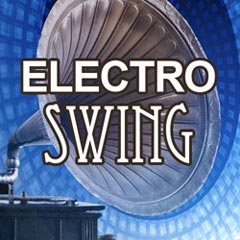 Electro swing
Electro swing Rockabilly
Rockabilly Hard rock
Hard rock Ska punk
Ska punk Cali4niamusic
Cali4niamusic Punk
Punk Industrial rock
Industrial rock Psytrance
Psytrance Italian Trap
Italian Trap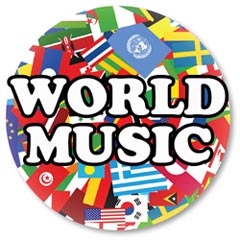 World Music
World Music
SUGGESTED PLAYLISTS

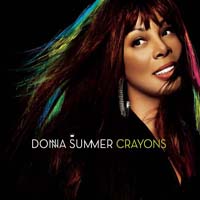
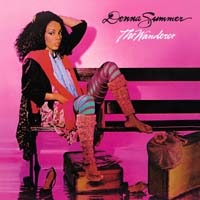
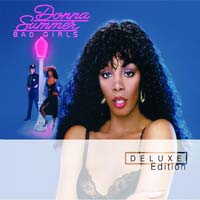
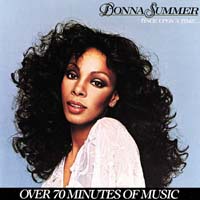
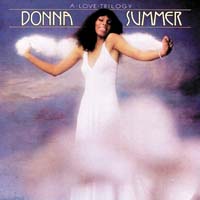
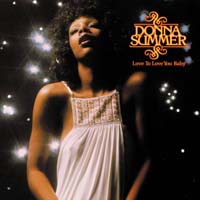
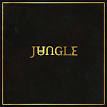
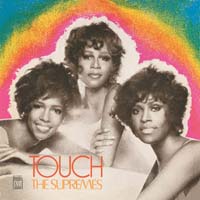

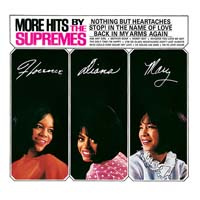
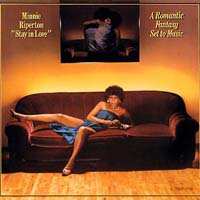
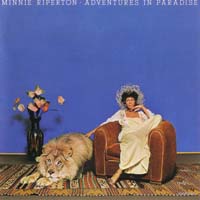
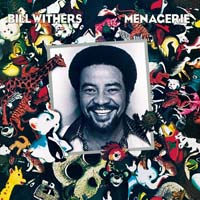
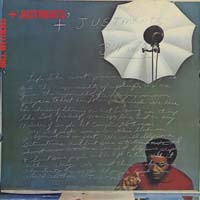
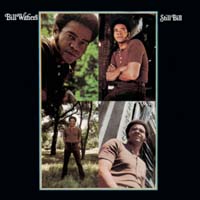
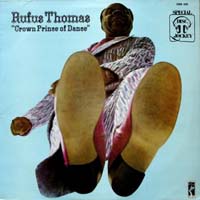



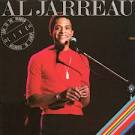
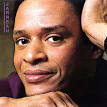
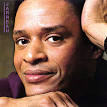

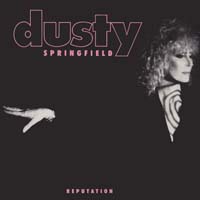
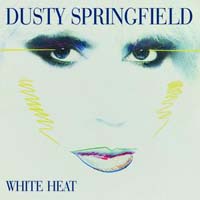
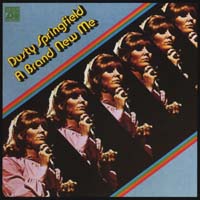
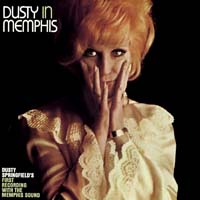
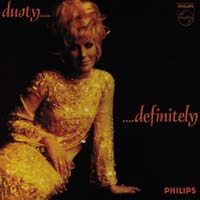
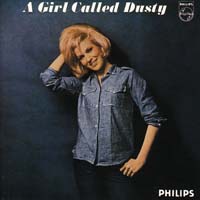
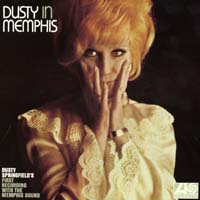
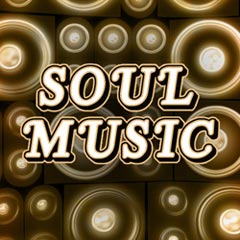
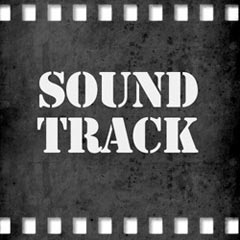 The very best of soundtrack
The very best of soundtrack The symposium of love
The symposium of love The anonymity of the garage punk
The anonymity of the garage punk Scandinavian Oregon: the danger of boredom
Scandinavian Oregon: the danger of boredom The very best of industrial metal
The very best of industrial metal The very best of pop rock
The very best of pop rock The desert, quietly
The desert, quietly Make your day happy
Make your day happy The region of the radical chic
The region of the radical chic The very best of dubstep
The very best of dubstep